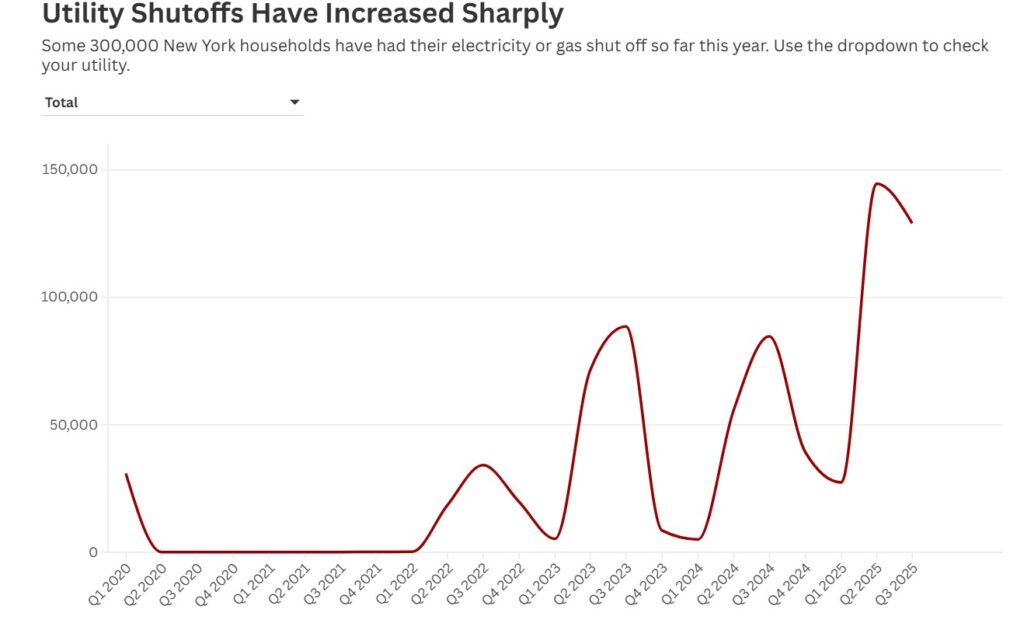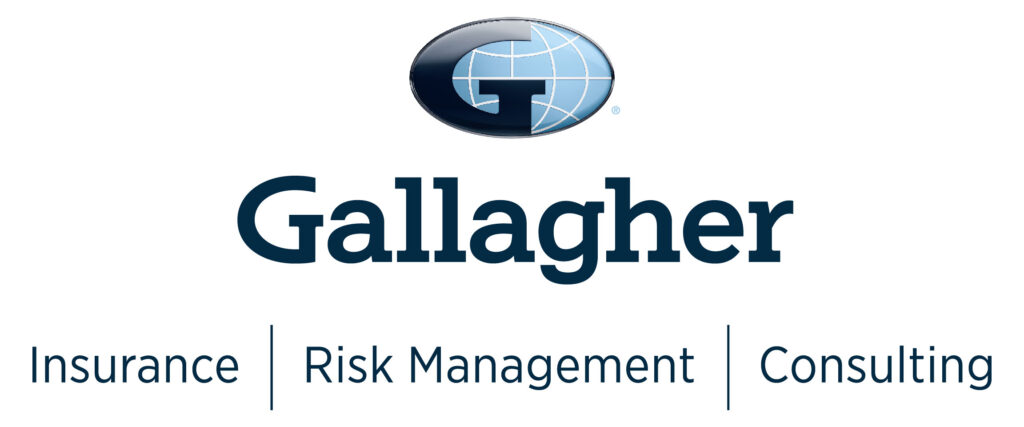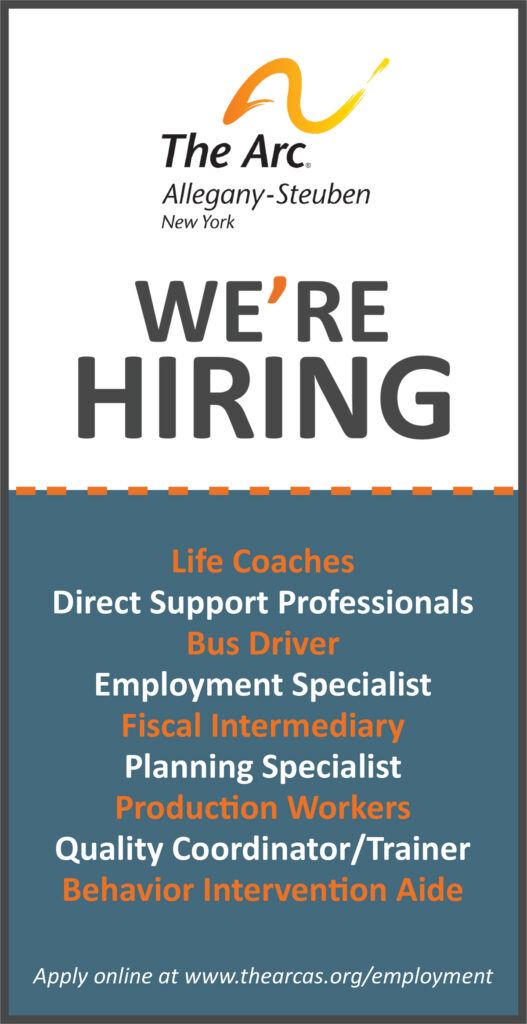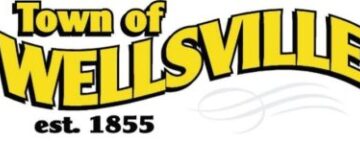Federal HEAP funding will not reach New Yorkers until at least November 24, state officials say
Colin Kinniburgh · November 15, 2025, NYFocus.com
The us government is open again, but many low-income people are still waiting for federal benefits they count on.

The Low Income Home Energy Assistance Program, which mainly helps households cover their winter heating bills, is one of many federal assistance programs that were put on hold during the 43-day shutdown. New York typically starts enrollment in early November, but delayed it indefinitely as the government shutdown dragged on and federal funds didn’t come through.
The stopgap bill President Donald Trump signed Wednesday night should allow the program to reopen, but it could still take weeks. The spending package includes the same funding for LIHEAP as last year, according to US Representative Paul Tonko’s office, when New York received $400 million and served 1.5 million people. But the Trump administration still needs to disburse that funding, and it remains unclear how much will reach New York and when.
Even if the administration sends states their share in the coming days, the state agency that manages the program in New York told New York Focus that it won’t be able to open applications until at least November 24. If funds arrive after that date, the state Office of Temporary and Disability Assistance will open the program within 48 hours of receiving them, a spokesperson said.
Freezing temperatures hit much of the state in October and reached the New York City area this week. This year has already seen the highest numbers of gas and electricity shutoffs due to nonpayment in at least 15 years, and some New Yorkers are worried about how they’ll keep the heat on.
“We’ve had people coming through our hotline the last couple of weeks who are in really desperate straits,” said Laurie Wheelock, executive director of the consumer advocacy group Public Utility Law Project (PULP). “Some of them owe everything from $80 to $4,000. … They’ve been trying to figure out, ‘Do I pay the rent? Do I pay my utility bill? Do I pay for food?’”
This is the second time in less than a year that New York HEAP recipients are facing uncertainty over access to benefits. In January, the seasonal program abruptly closed months ahead of schedule, only to reopen days later after Governor Kathy Hochul stepped in.
As with many social service programs, HEAP is federally funded but administered by states. In New York, the lion’s share of funding goes to regular heating aid that helps people pay off their utility or fuel bills. (Smaller portions go to emergency grants for those who receive a utility shutoff notice during the winter, and to helping people buy air conditioners during the summer.) Those benefits range from $400 to $900 per household per year, depending how their homes are heated.
Federal funding for the program is typically renewed every October, and the state planned to reopen applications on November 3. If the winter program had gone as planned, participants would already be seeing their first funds arrive. But as a result of the shutdown, the state has not yet opened applications.
US Department of Health and Human Services spokesperson Emily Hilliard said that the agency “will work swiftly to administer annual awards now that the Democrat-led shutdown is over.” (The agency is continuing to oversee the program despite firing the entire team dedicated to it in April.)
This week’s budget deal preserves last year’s funding level for LIHEAP — $4.1 billion nationally — but only funds the government through January. Previous administrations have arranged to send out nearly all LIHEAP funds to states at the start of the season, even under similar short-term budget deals. Tonko, the Albany-area congressmember, is pressing the White House to ensure that happens again now, but ultimately Trump “retains significant discretion over how much of the $4.1 billion is actually released,” said Tonk’s spokesperson Jonah Cohen.
The uncertainty has left advocates worried about heat and power shutoffs heading into winter.
Shutoffs have already spiked this year. Utilities suspended gas or electricity service for more than 300,000 households by the end of September, according to a New York Focus analysis of utility data compiled by the climate advocacy group Alliance for a Green Economy. That’s about twice as many as in the same period the last two years, a sign of the strain that rising energy bills are putting on households.

New York restricts utility shutoffs in the winter but does not outright ban them, as some states do for low-income households. From November 1 to April 15, the state requires utilities to make extra efforts to communicate with households before a shutoff to avoid serious danger. Some utilities also have policies barring shutoffs when temperatures drop below a certain point. As a result, there tend to be far fewer shutoffs in winter than the rest of the year.
Still, more than 66,000 New York households had their electricity or gas shut off during the last heating season, including 15,000 who lost their heating. That’s more than three times as many as the previous year, even though HEAP funding levels remained steady.







